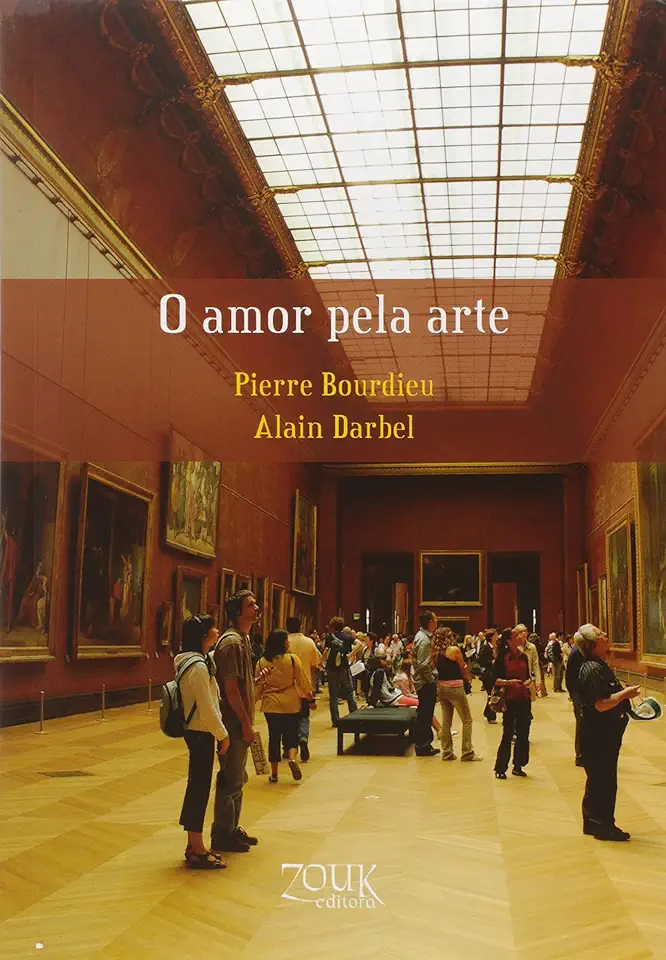
The Love of Art - Pierre Bourdieu and Alain Darbel
The Love of Art: A Revolutionary Perspective on Aesthetics and Social Class
In their groundbreaking book, "The Love of Art," Pierre Bourdieu and Alain Darbel present a revolutionary perspective on aesthetics and social class. Drawing on extensive sociological research, they argue that our taste in art is not simply a matter of personal preference, but rather a reflection of our social position and cultural background.
Understanding the Social Basis of Taste
Bourdieu and Darbel begin by examining the relationship between social class and cultural consumption. They show that people from different social classes tend to have different tastes in art, music, and literature. For example, upper-class individuals are more likely to appreciate classical music and highbrow literature, while working-class individuals are more likely to prefer popular music and genre fiction.
The authors argue that these differences in taste are not simply due to individual preferences, but rather to the different ways that people from different social classes are socialized. Upper-class individuals are more likely to be exposed to highbrow culture from a young age, while working-class individuals are more likely to be exposed to popular culture. As a result, upper-class individuals develop a taste for highbrow culture, while working-class individuals develop a taste for popular culture.
The Role of Cultural Capital
Bourdieu and Darbel also discuss the role of cultural capital in shaping our taste in art. Cultural capital refers to the knowledge and skills that are valued by a particular social class. For example, upper-class individuals are more likely to have a knowledge of classical music and highbrow literature, while working-class individuals are more likely to have a knowledge of popular music and genre fiction.
The authors argue that cultural capital is a form of power that allows individuals to gain access to certain cultural goods and experiences. For example, individuals with a high level of cultural capital are more likely to be able to attend art galleries, museums, and concerts, while individuals with a low level of cultural capital are more likely to be excluded from these experiences.
The Implications for Art Education
Bourdieu and Darbel's work has important implications for art education. They argue that art education should not simply be about teaching students how to appreciate art, but also about teaching them about the social basis of taste. By understanding the relationship between social class and cultural consumption, students can develop a more critical understanding of their own taste in art and the art world in general.
Conclusion
"The Love of Art" is a must-read for anyone interested in aesthetics, social class, or art education. Bourdieu and Darbel's groundbreaking research provides a new way of understanding how our taste in art is shaped by our social position and cultural background. This book is essential reading for anyone who wants to understand the role of art in society.
Why You Should Buy This Book
If you are interested in learning more about the relationship between art and society, then "The Love of Art" is the book for you. This groundbreaking work will challenge your assumptions about taste and cultural consumption, and it will give you a new way of understanding the art world.
Here are a few reasons why you should buy this book:
- It is a groundbreaking work of sociology that has revolutionized the way we think about art and culture.
- It is written by two of the most influential sociologists of the 20th century.
- It is essential reading for anyone interested in aesthetics, social class, or art education.
- It is a fascinating and thought-provoking book that will stay with you long after you finish it.
Don't miss out on this opportunity to learn more about the relationship between art and society. Order your copy of "The Love of Art" today!